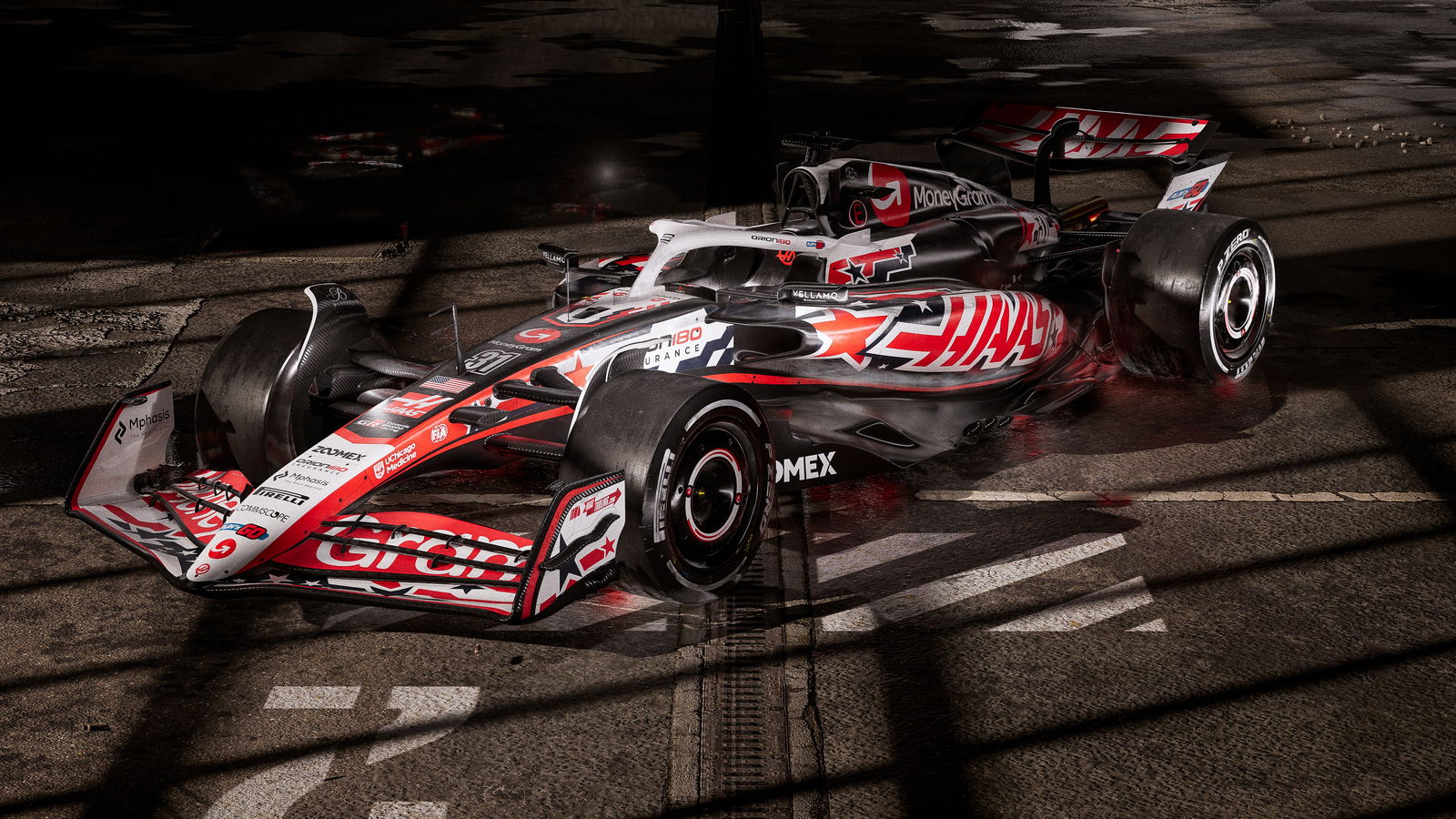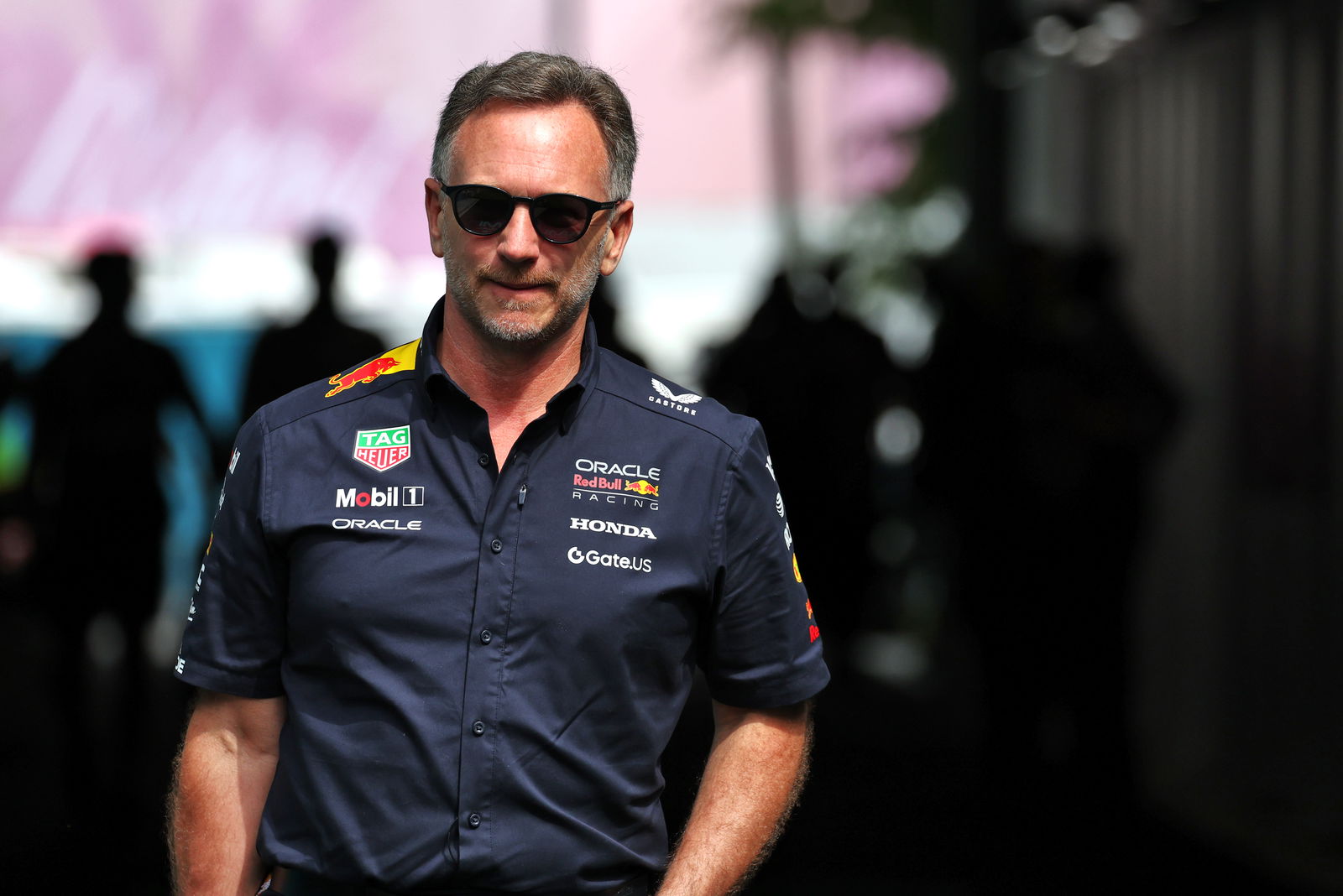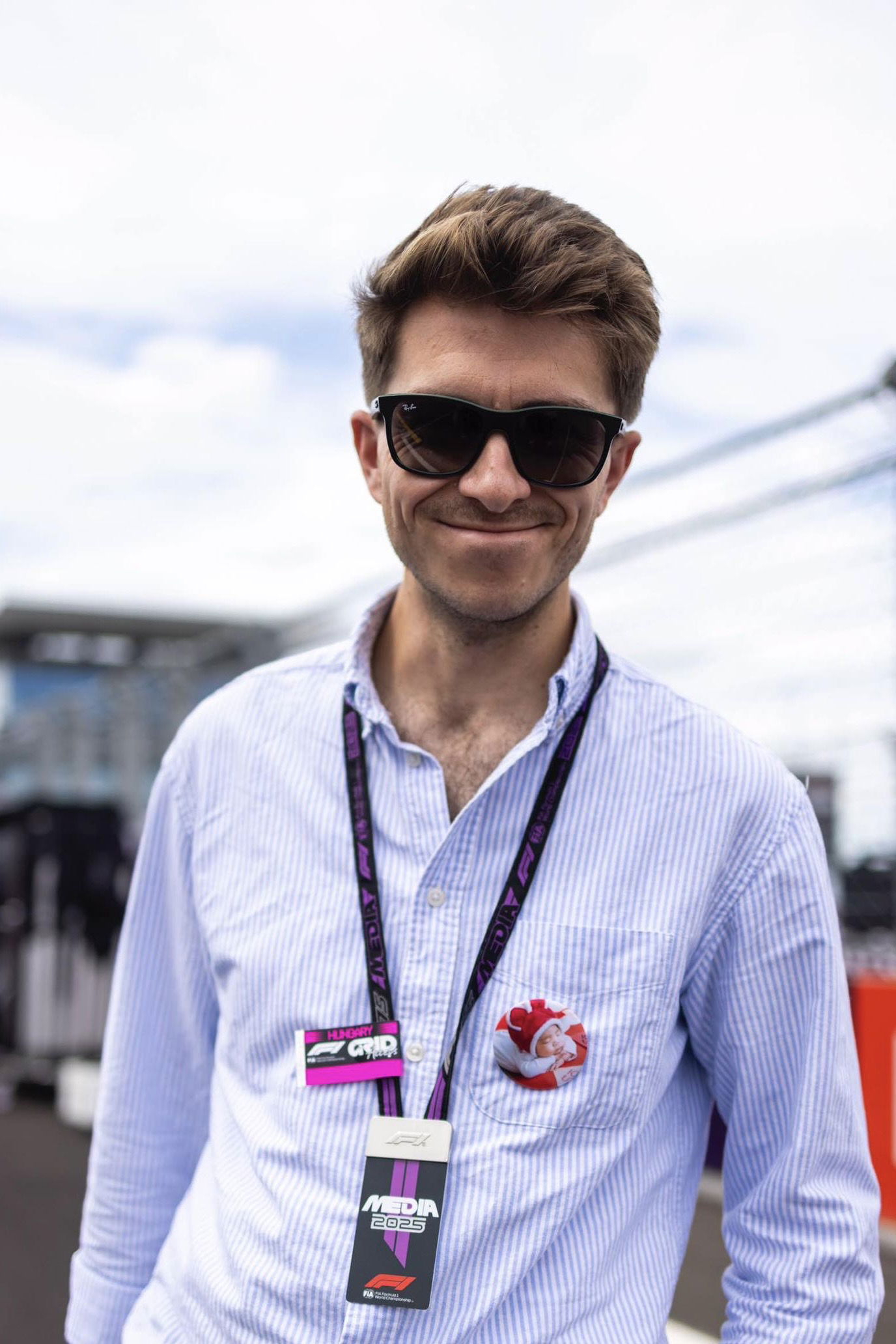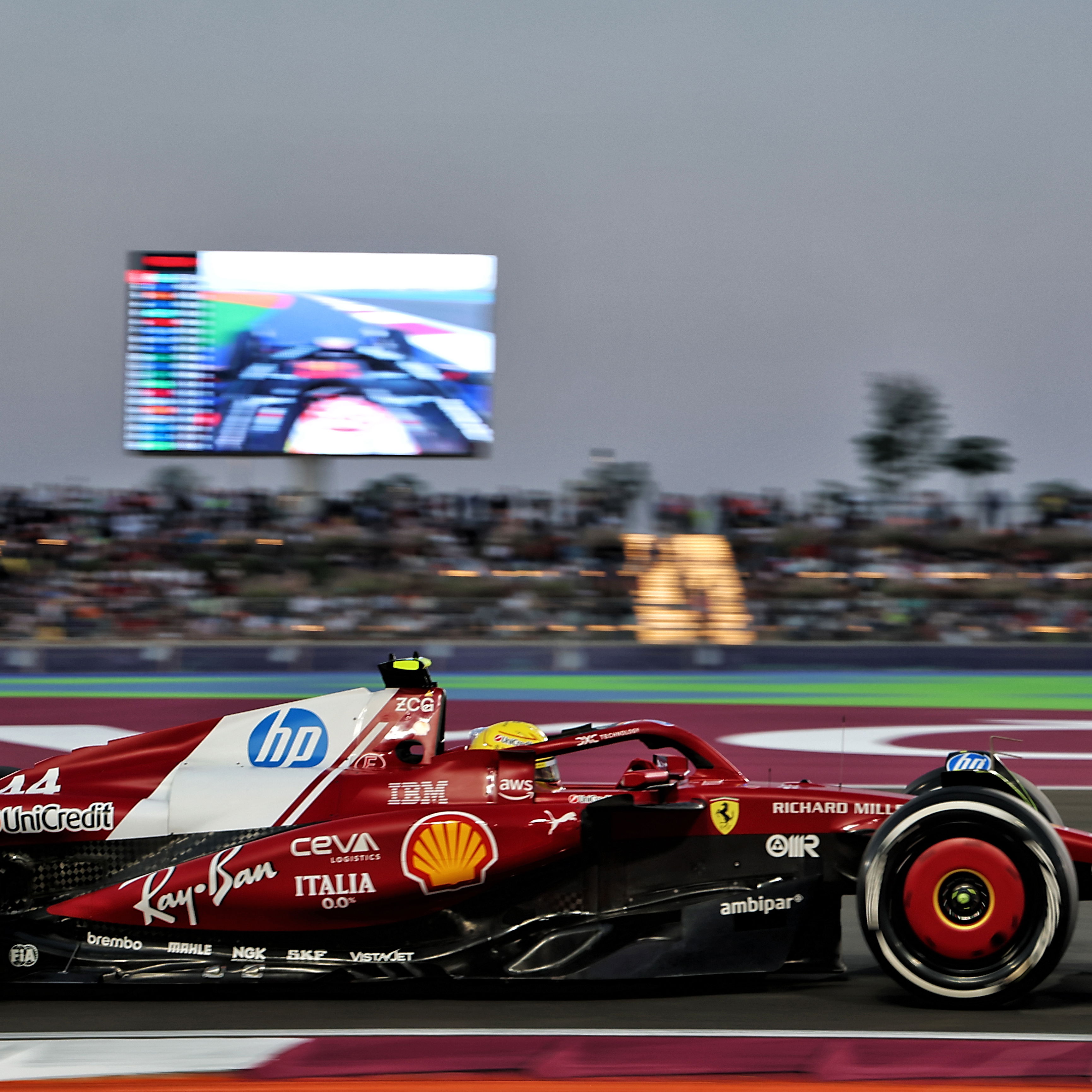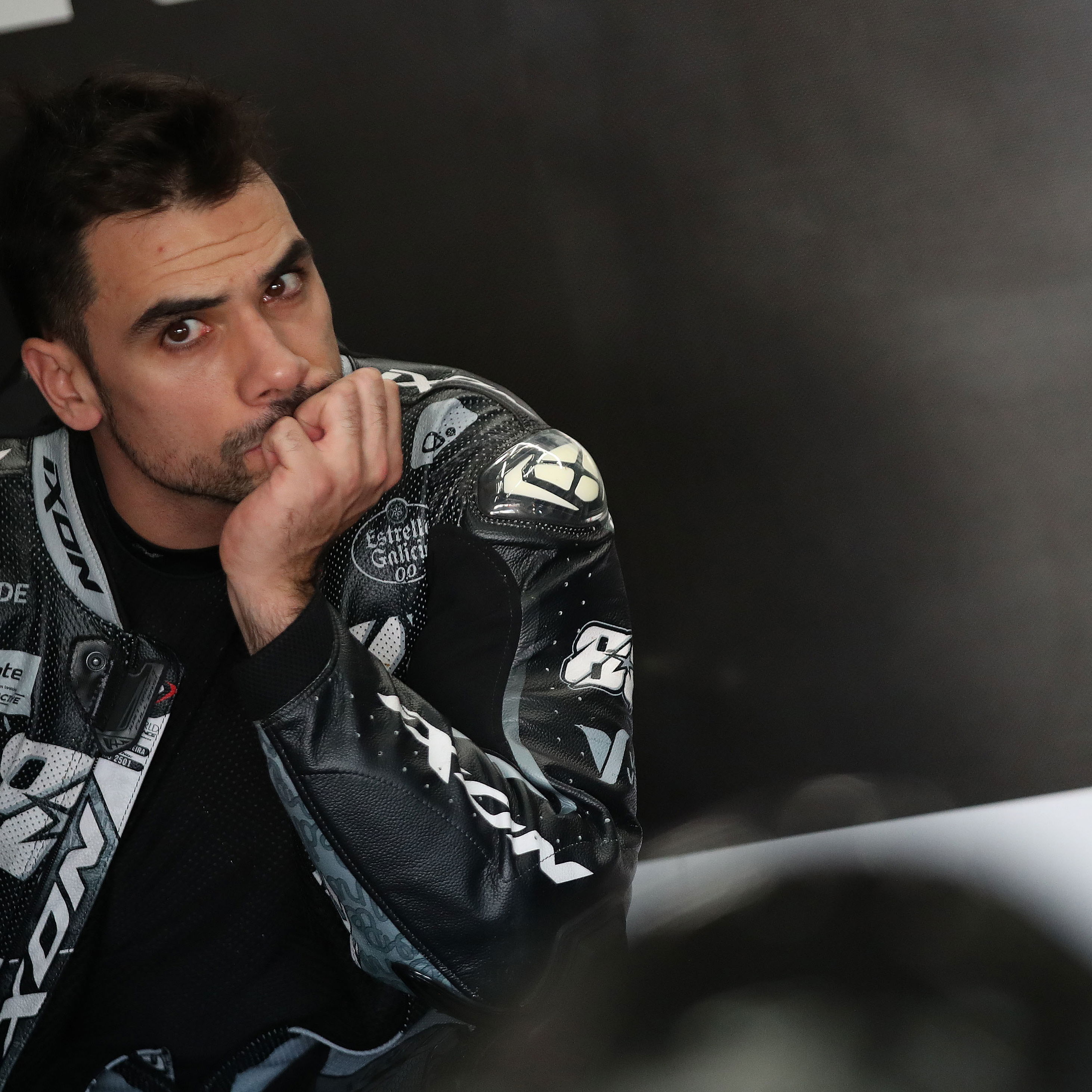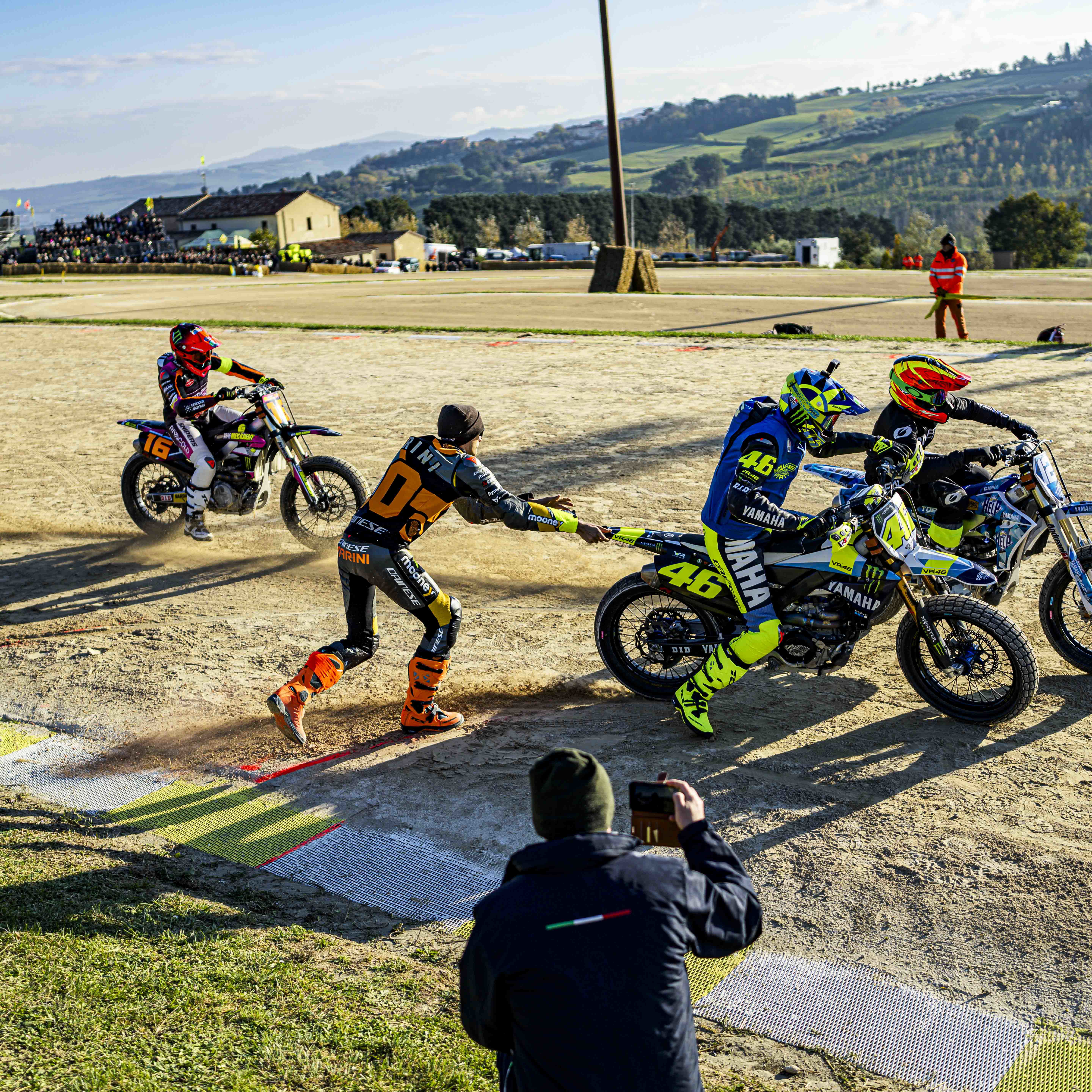EXCLUSIVE: The life of an F1 reserve driver with Valtteri Bottas
Valtteri Bottas breaks down what it's like to be an F1 reserve driver to Crash.net.
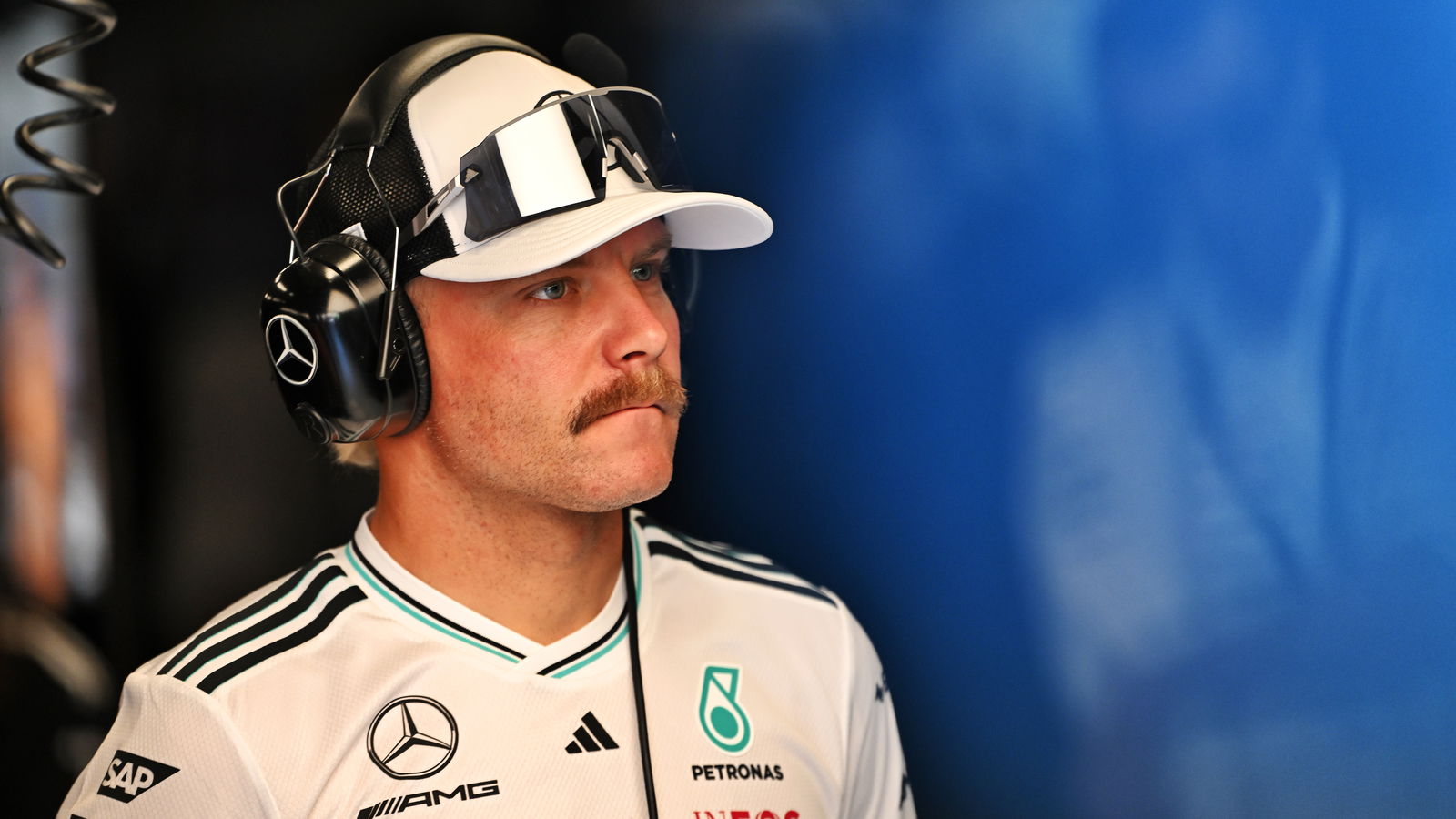
Things have looked very different for Valtteri Bottas in 2025.
For the first time since 2012, Bottas found himself without a race seat in F1, having been dropped by Sauber at the end of the 2024 season.
With no openings for 2025, the 36-year-old Finn returned to Mercedes, where he won 10 races as Lewis Hamilton’s teammate between 2017-21, as a reserve driver.
F1 reserve drivers play a crucial role for teams and act as effective substitutes for their first-choice drivers. They are ready to step in at a moment’s notice if illness or injuries sideline a regular grand prix driver.
There have been plenty of examples to draw upon, most recently with Oliver Bearman replacing Carlos Sainz at the 2024 Saudi Arabian Grand Prix.
But other than waiting in the wings as a back-up, what does the life of an F1 reserve driver actually entail?
“It’s been very different from the last 12 years,” Bottas told Crash.net in an exclusive interview at the Singapore Grand Prix.
“It’s been nice to work with a team that I’ve been with before, so it was quite natural to start working with them. But I’ve definitely missed racing.
“It's something that has been probably the number one thing of the weekends in my mind, is that I just really want to get back in the car. But I've learned a lot as well.”
What do reserve drivers actually do?
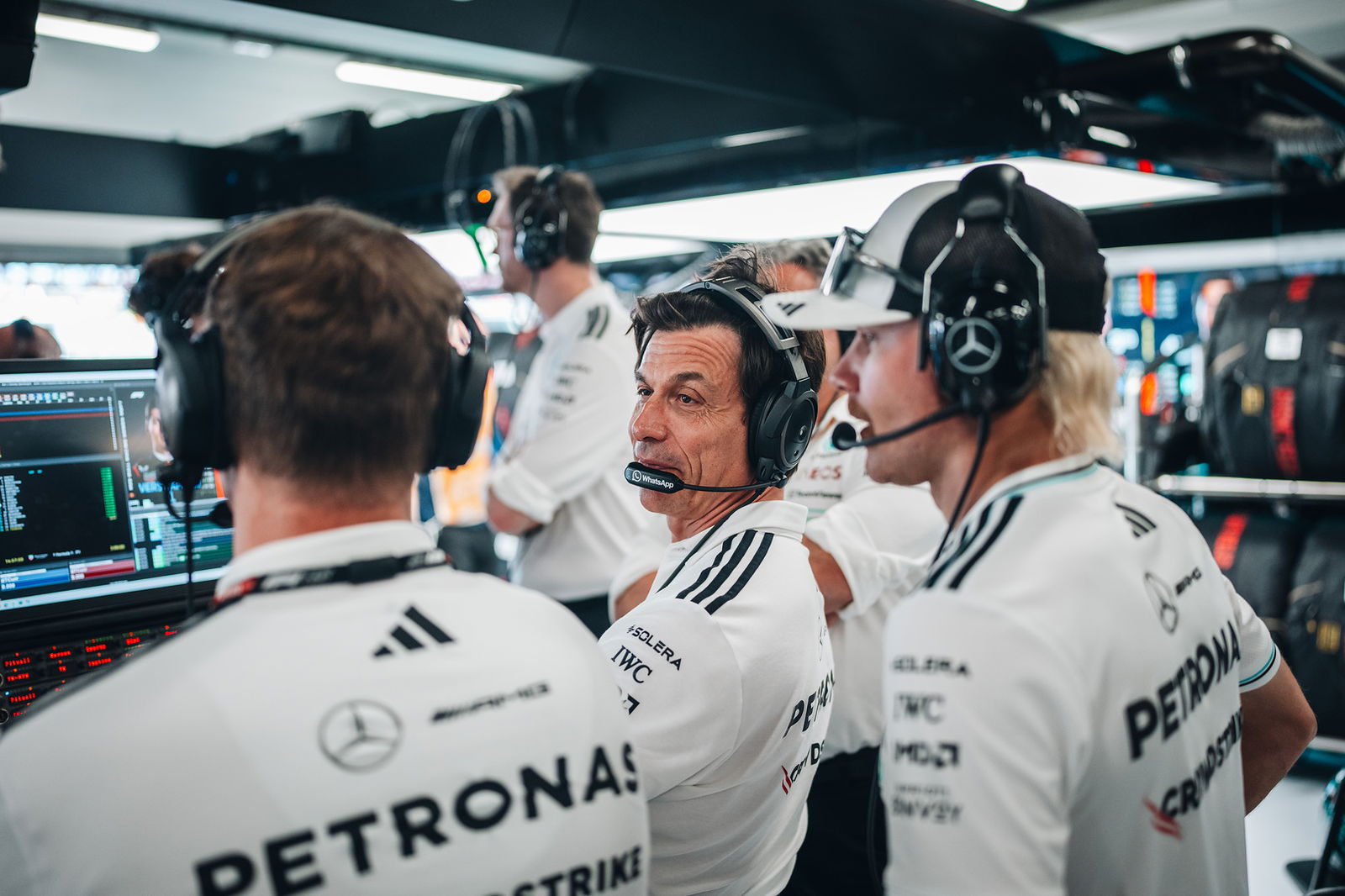
Reserve drivers have a wide range of responsibilities including simulator work, taking part in meetings, completing tyre testing, engaging in sponsor commitments, and in Bottas’s case, even starring in amusing social media videos.
On grand prix weekends themselves, reserve drivers are embedded within the heart of a team. Jobs include carrying out interviews, attending partner events, and getting involved in the engineering meetings both before and after on-track sessions.
“Some weekends are busier than others,” Bottas explained. “Like this weekend [Singapore Grand Prix] is quite busy with quite a few interviews today. There's some events.
“This is one of the events that normally partners do activate. So there's different stuff in the city throughout the weekend that I'm involved in the events.
“But at the same time, I'm part of all the kind of pre-event meetings where we're speaking about technical stuff and then the weekend ahead. And also during the race weekend, all the engineering meetings before and after the sessions.
“I'm part of it, just to keep up to date with what's happening, just in case I'm going to jump in, I know what's going on and what are the targets. Some weekends are a bit more twiddling thumbs, but some weekends are actually pretty flat-out.”
Bottas has also been acting as something of a mentor for rookie Kimi Antonelli, using his wealth of extensive experience to guide the young driver through an at-times rocky first season in F1.
Singapore was a good example of where Bottas could utilise his experience to pass on tips to the 19-year-old Italian as he prepared to race at a new circuit.
“With Kimi, we might catch up on certain things,” Bottas said. “This weekend, it's a track that he's never raced before. So we're going to go later on the track together and just give him my tricks, what I feel that he could try and hopefully that will help with his learning curve over the weekend.”
Those tips obviously worked, with Antonelli finishing a strong fifth to back up a P4 in Azerbaijan and arrest a torrid recent form slump.
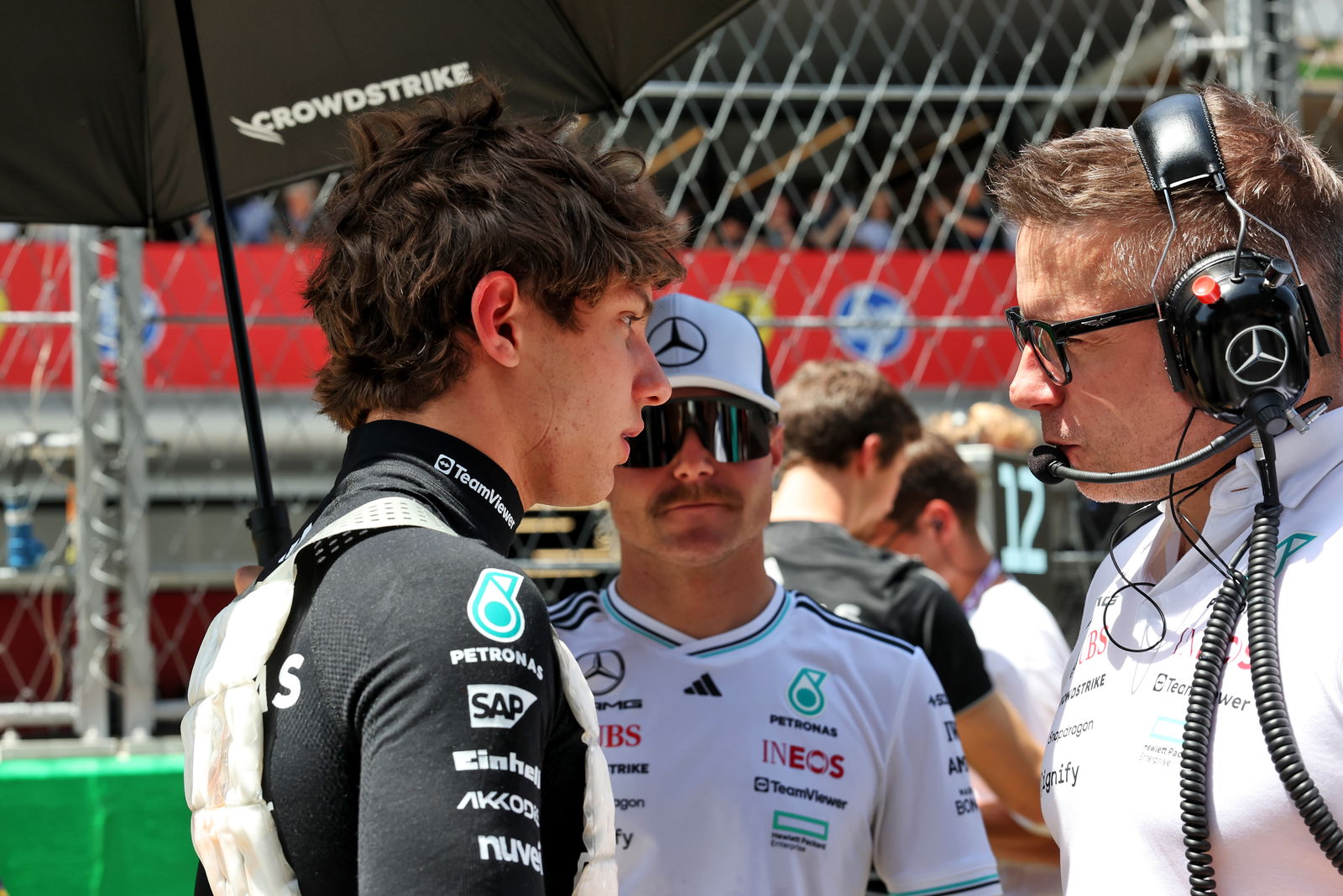
Adjusting to life without racing
While many reserve drivers have never raced in F1, or won’t get the opportunity to do so, that isn’t the case for Bottas, whose situation is rather unique.
Bottas has gone from core member of the F1 grid, with nearly 250 races under his belt, to observing the action from the sidelines, or more accurately, the back of the Mercedes garage.
As a 20-time pole sitter and 67-time podium finisher, this is fundamentally not the role Bottas desired.
Bottas made it clear from the outset that stepping back into a reserve role was predominately with the view of staying within the F1 circus in a bid to secure a full-time return.
Having ultimately achieved his aim by landing one of the two drives with the new Cadillac F1 team for 2026, Bottas knows the experience was worth it. But that doesn’t mean the transition hasn’t been tricky to navigate.
“It's been hard, but it's what I kind of had to do and I was prepared for it,” Bottas.
“It obviously worked out, I’ve got a seat for next year, which was always my main goal is to get back to it. So definitely worked.”
The closest Bottas has come to stepping back into an F1 race seat came at the Azerbaijan Grand Prix when George Russell was struck down with illness, leading to a rude wake-up on Friday morning in Baku.
“I think it was pretty close," he recalled. "It was only up until one hour before FP1 that he decided that he's going to try. That’s when we have to decide the pedal setups and seats and stuff like that. Until then I was ready. I was well prepped with the engineers for the day.
“I basically woke up to Paul [Ripke], my travel guy, banging on my door when I was still sleeping. He said, 'we’ve got to go get ready'. I was like, ‘all right, let's go’ but it didn't happen.”
Despite there being no competitive racing in Bottas’s 2025 calendar, there have been some opportunities to drive F1 machinery.
Bottas drove a 2023 McLaren at Barcelona, took part in the Goodwood Festival of Speed in July, and most recently completed a demo run in Mercedes’ 2022 W13 in South Korea.
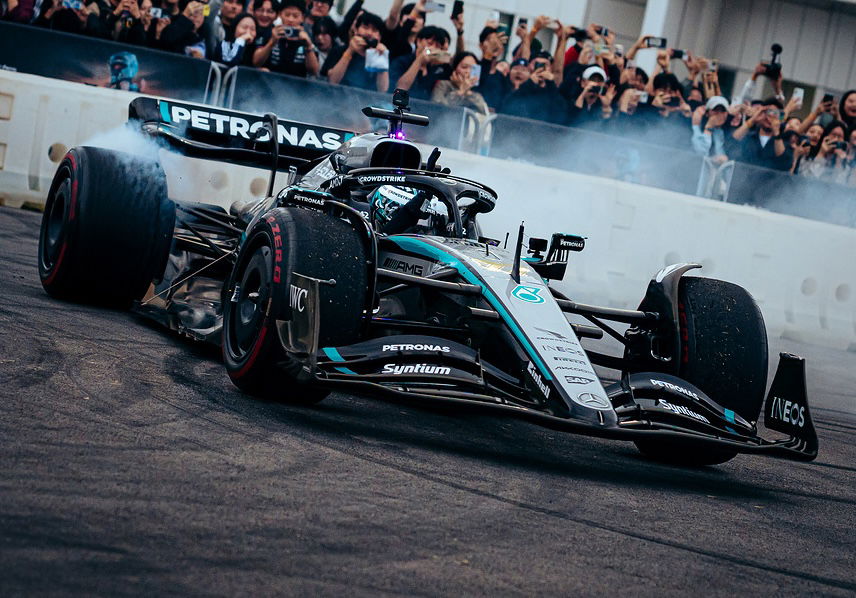
What Bottas has learned
More than anything else, 2025 has given Bottas a new perspective on F1.
While it has been frustrating at times, Bottas has embraced the role of a reserve driver and taken it in his stride. It has given him an experience he feels is invaluable, and enabled him to reset and re-focus.
“I think this year has made me appreciate the sport much more. I also realise how lucky those 20 drivers are to be on the grid,” Bottas explained.
“It’s such a unique sport and when you're in it, you're focussing on your things and you have your goals and it's sometimes hard to look at the big picture and how cool the sport actually is.”
And as Bottas has discovered, there are some benefits to not having the demands that come with being a full-time F1 driver.
“I've tried to make the most out of it and of course, I've tried to enjoy life as well,” Bottas said. “For example, Saturday evenings when I know that I'm not allowed to drive anymore, that's when I can relax a bit more.
"I've discovered some new restaurants, sometimes even pubs that I wouldn't normally go to. So I try to keep it fun, try to keep it relaxed, but at the same time be ready.”
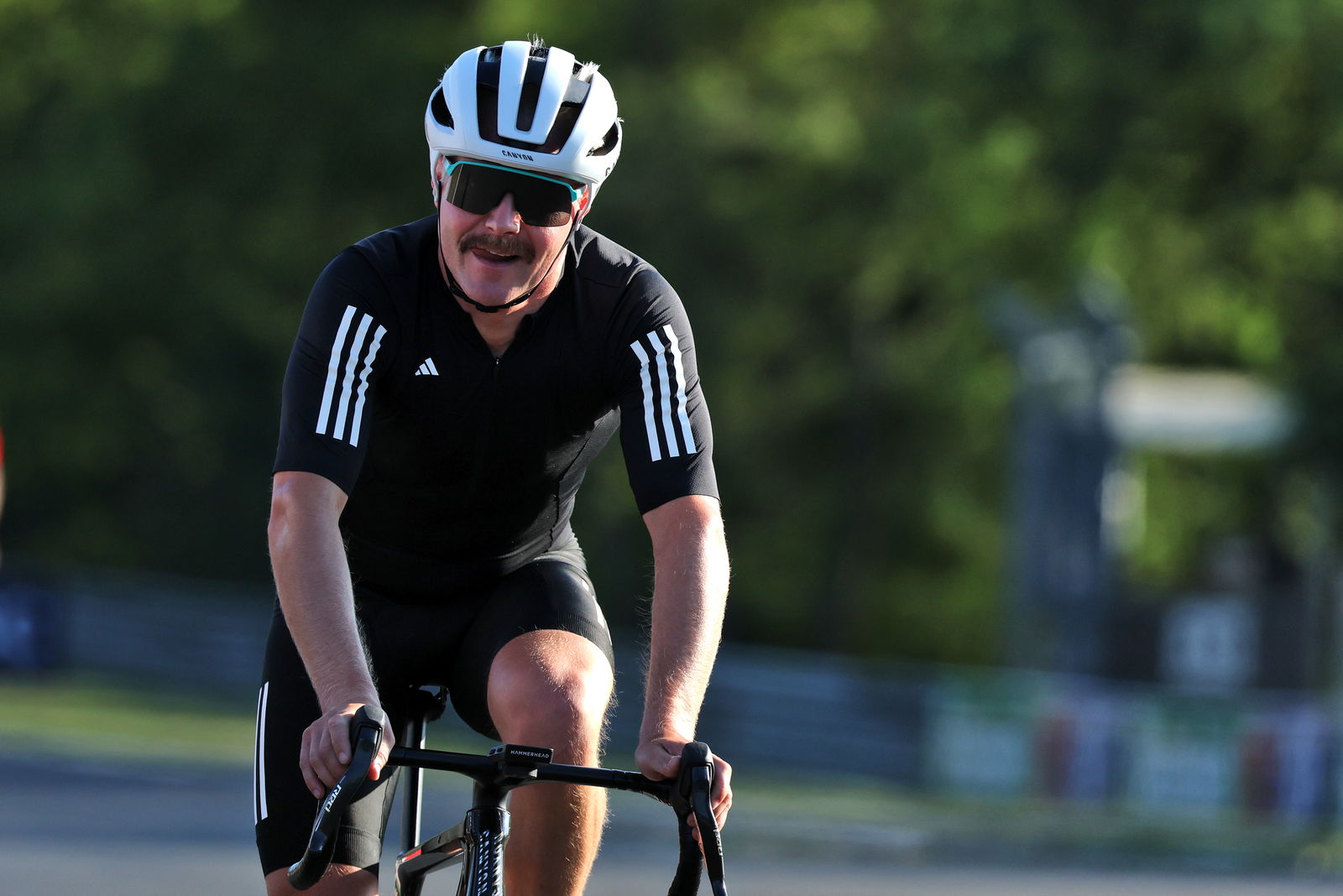
Bottas has also gained a wider appreciation for how F1 teams operate and go about executing race weekends, something he feels will be particularly handy to take with him into Cadillac’s debut season.
“I would say really seeing first hand how the team operates in the garage and listening to the million channels of comms during qualifying or during the race,” Bottas responded when asked to pinpoint the biggest thing he has learned as a reserve driver.
“It's something that, as a driver, you just don't hear and you just don't see how everything is orchestrated. It makes me appreciate the teamwork more and every team member of the team and their job. So that's been nice.
“I think my experience from this year, seeing firsthand how this team operates behind the scenes, it can also help to build the team and give guidance on which direction to go with different things.”
With a full-time F1 race seat in the bag for next year, Bottas’s attention can finally start turning back towards doing what he loves most.
“It definitely feels like Melbourne can't come soon enough,” he admitted. “Just every weekend I miss racing more and more. I’m really keen to get going."
